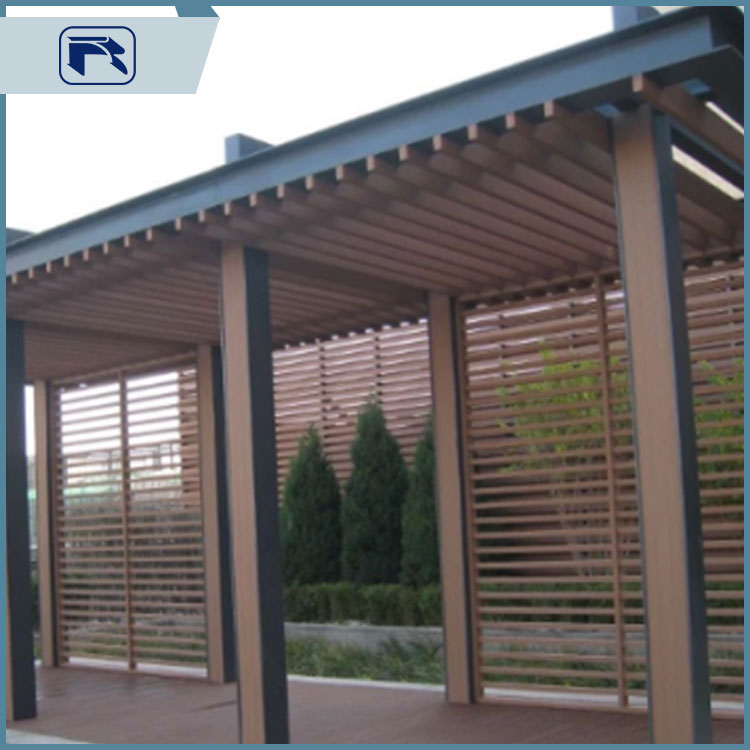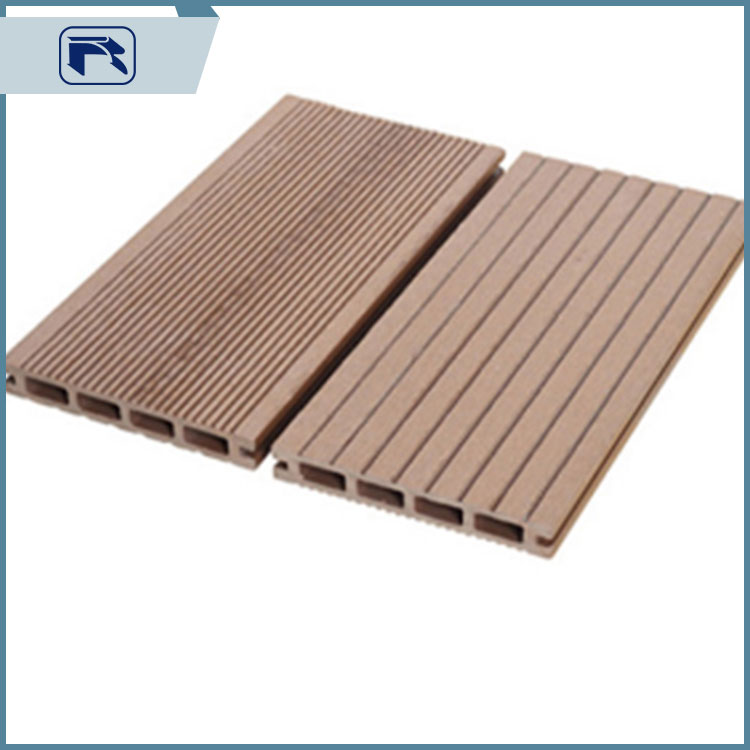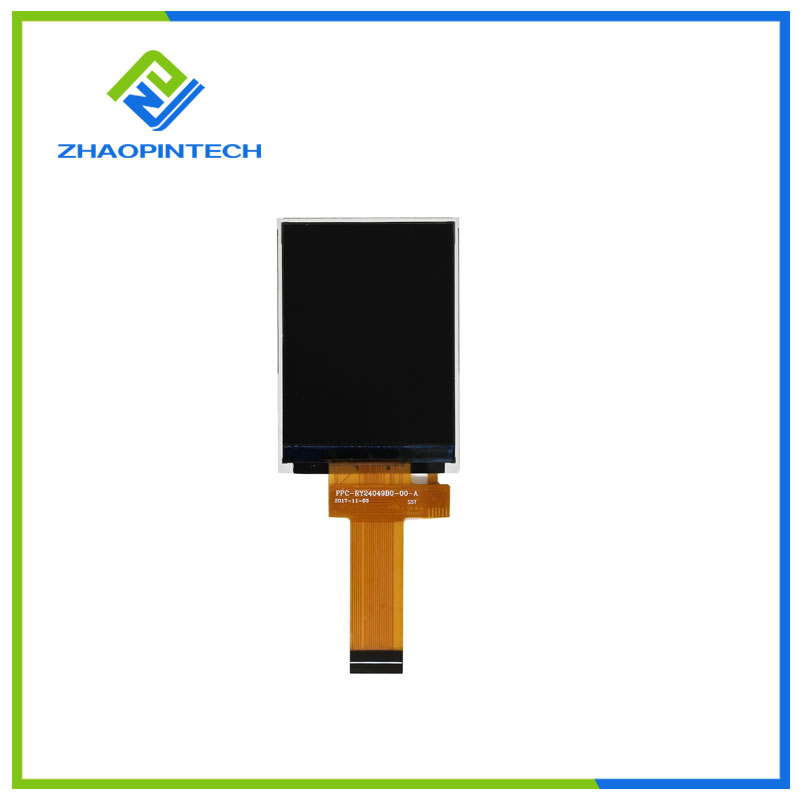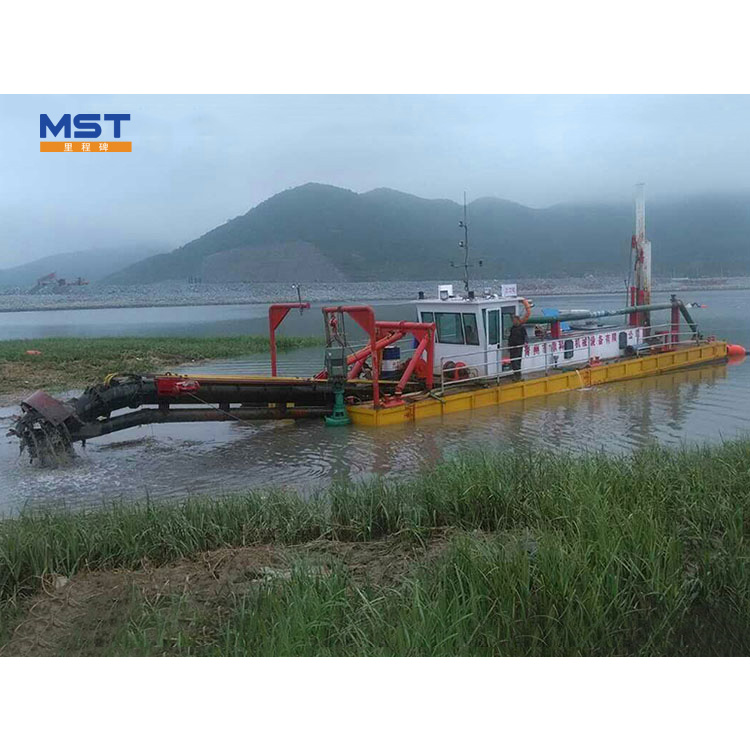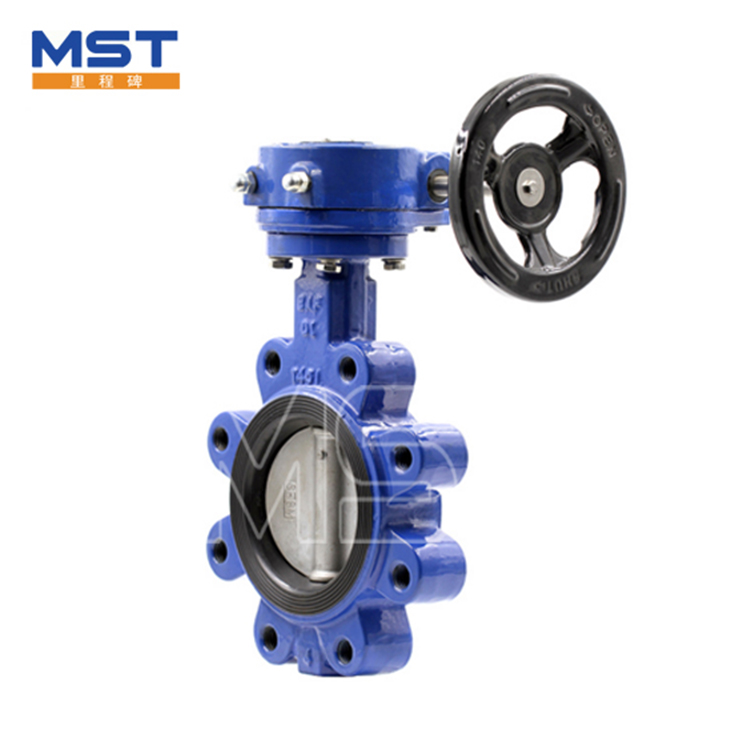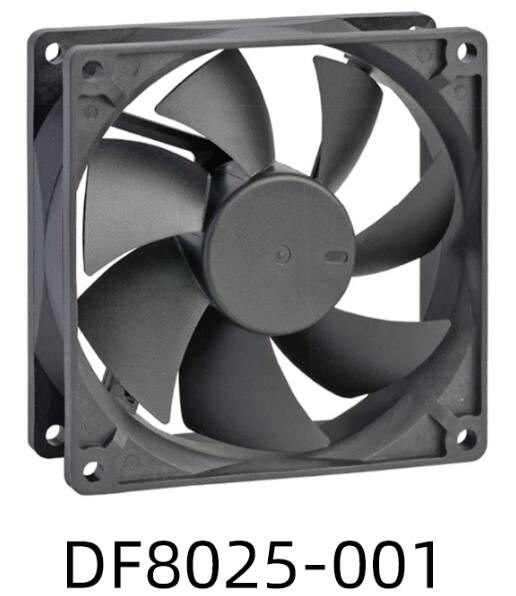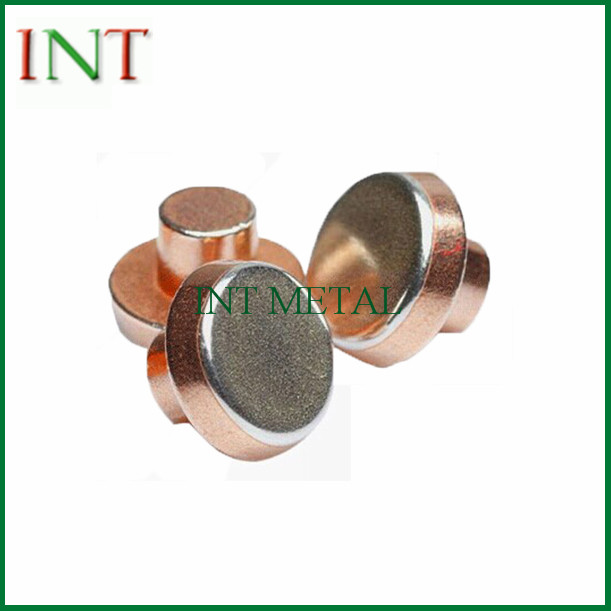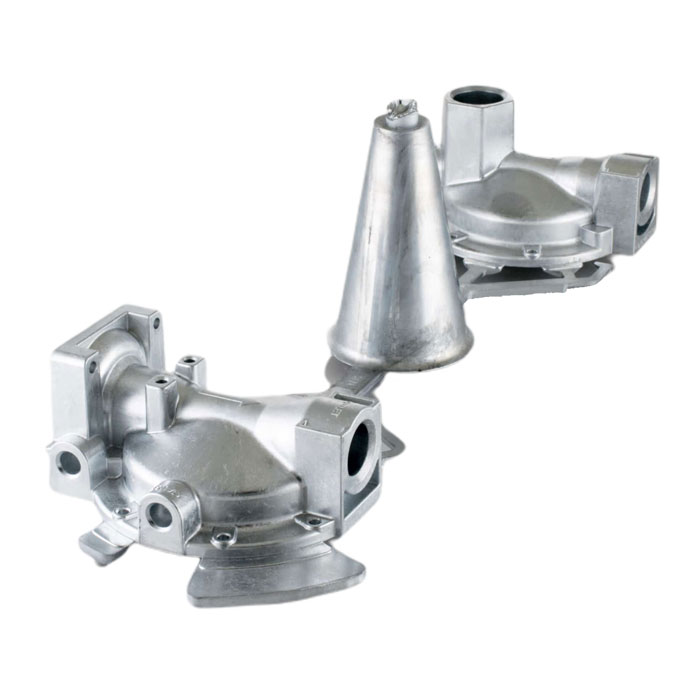Fiber Plastic Composites
Fiber-plastic composites, also known as fiber-reinforced plastic composites or simply composite materials, are engineered materials that combine fibers and plastic resins to create a strong and versatile composite with unique properties. These composites are used in a wide range of industries, inclu......
Send Inquiry
Product Description
Fiber-plastic composites, also known as fiber-reinforced plastic composites or simply composite materials, are engineered materials that combine fibers and plastic resins to create a strong and versatile composite with unique properties. These composites are used in a wide range of industries, including automotive, aerospace, construction, and consumer goods.
The fiber component of the composite provides strength and reinforcement, while the plastic resin matrix acts as a binder, holding the fibers together and transferring load between them. The fibers used in composite materials can be made of various materials, such as carbon fiber, fiberglass, aramid (Kevlar), or natural fibers like bamboo or hemp.
The plastic resins commonly used in fiber-plastic composites include thermosetting resins like epoxy or polyester, or thermoplastic resins like polypropylene or polyethylene. The choice of resin depends on the specific application and desired properties of the composite.
The combination of fibers and plastic resins in a composite material allows for a range of desirable characteristics. These may include high strength-to-weight ratio, stiffness, durability, resistance to corrosion, chemical resistance, and thermal stability. Composites can also be tailored to exhibit specific properties, such as electrical conductivity or fire resistance, by selecting the appropriate fiber and resin combination.
The manufacturing process for fiber-plastic composites typically involves the following steps:
1. Fiber Preparation: The fibers are processed and prepared for incorporation into the composite. This may include treatments to improve adhesion between the fibers and the resin.
2. Resin Mixing: The plastic resin is prepared by mixing it with additives, fillers, or curing agents, depending on the specific requirements of the composite.
3. Layup or Molding: The fibers and resin are combined in a process known as layup or molding. This can involve techniques such as hand layup, filament winding, compression molding, or injection molding.
4. Curing: The composite is subjected to heat or pressure to initiate the curing process of the resin. This step solidifies the resin, forming a rigid matrix that bonds the fibers together.
The resulting fiber-plastic composite offers improved mechanical properties compared to the individual components. It can be shaped into various forms, such as sheets, panels, tubes, or complex molded parts, depending on the desired application.
Fiber-plastic composites have numerous advantages, including high strength and stiffness, corrosion resistance, design flexibility, and the ability to reduce weight in structural applications. These materials have found wide-ranging uses, such as in aircraft components, automotive parts, boat hulls, sporting goods, construction materials, and consumer products.
